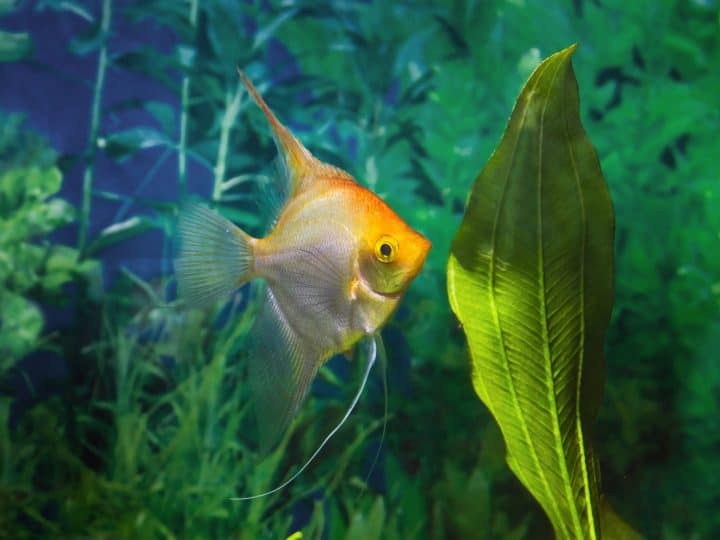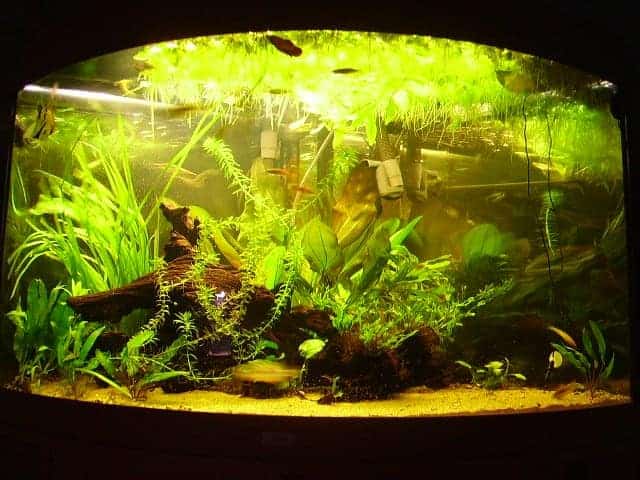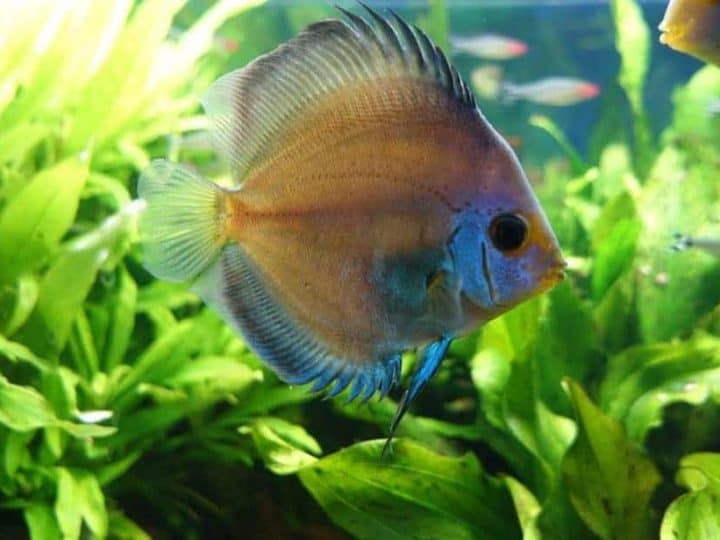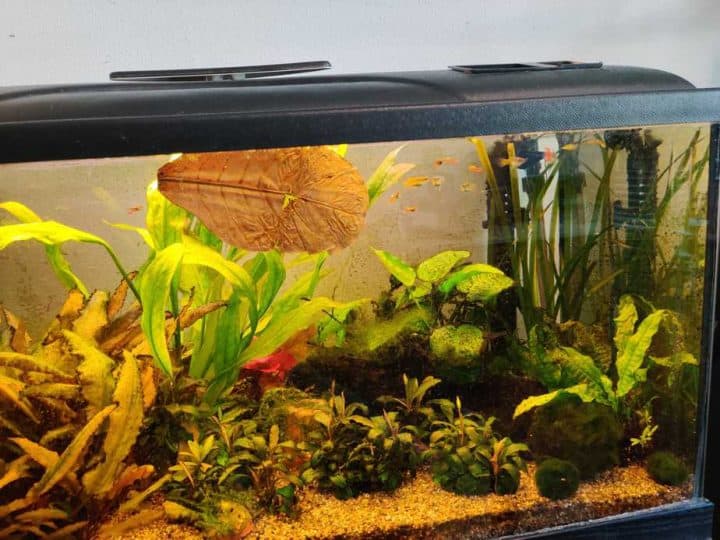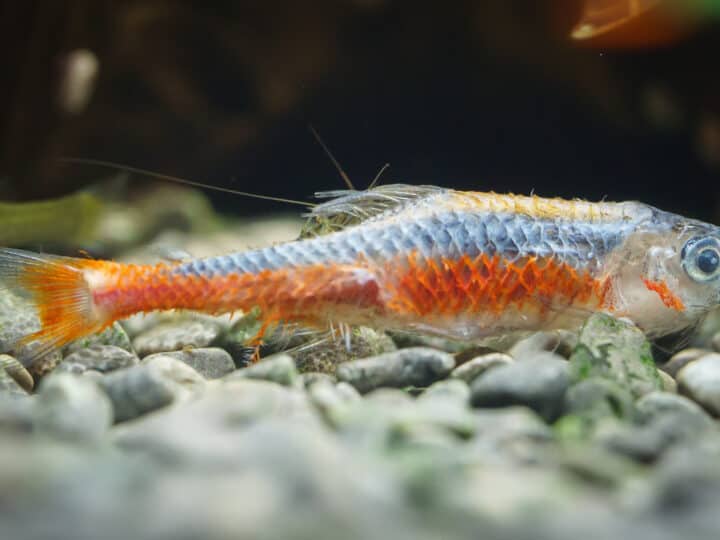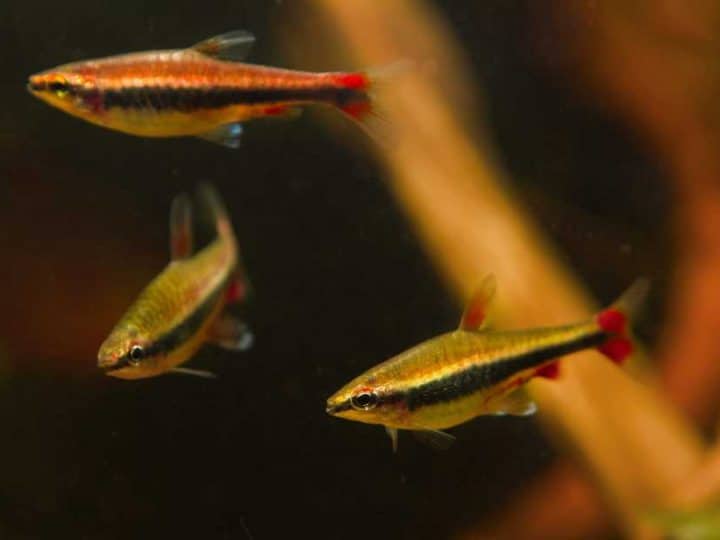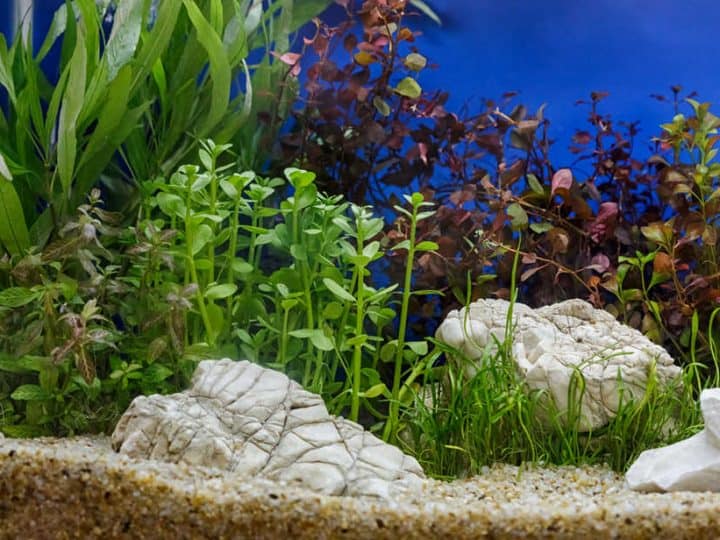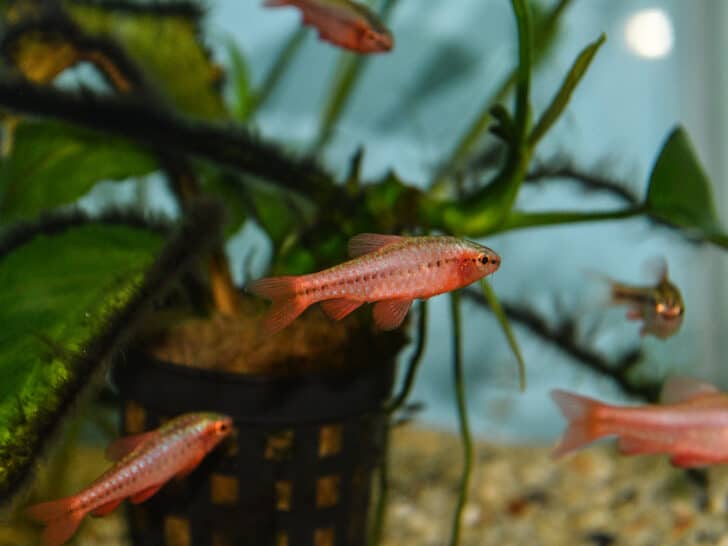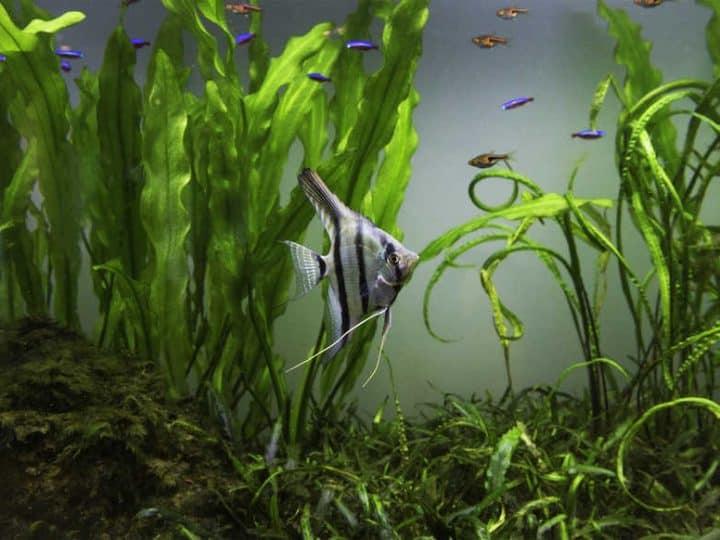Having nitrite in your tank is a natural part of owning an aquarium. However, too much nitrite can cause a significant problem in your tank and can cause your fish to get sick or even die.
Quick Answer
To lower nitrite in an aquarium, you can do partial water changes more frequently, add beneficial bacteria, ensure you have a good filter and use water conditioners. To prevent high nitrites in the first place, ensure you do not overfeed your fish and make sure the tank is not overcrowded.
Read on to learn more about what nitrite is, how to prevent it, and how to lower the nitrite levels in your tank to ensure the safety of your fish.
What are Nitrites?
Nitrite is dissolved nitrogen in your tank. It is a natural process that is the result of the breakdown of organic materials.
When waste materials decompose it gives off ammonia. From there a bacteria called Nitrosomonas will break down the ammonia turning them into nitrites.
After this, another bacteria called Nitrobacter feeds on those nitrites and makes nitrites.
Nitrites are the result of ammonia in the tank. Keeping your ammonia levels low in your tank will help prevent nitrite levels from becoming too high.
Nitrites are not good to have in your tank and the levels should be zero in your tank.
As long as bacteria are breaking down the harmful levels of ammonia, nitrite, and nitrates it is safe also known as the aquarium nitrogen cycle.
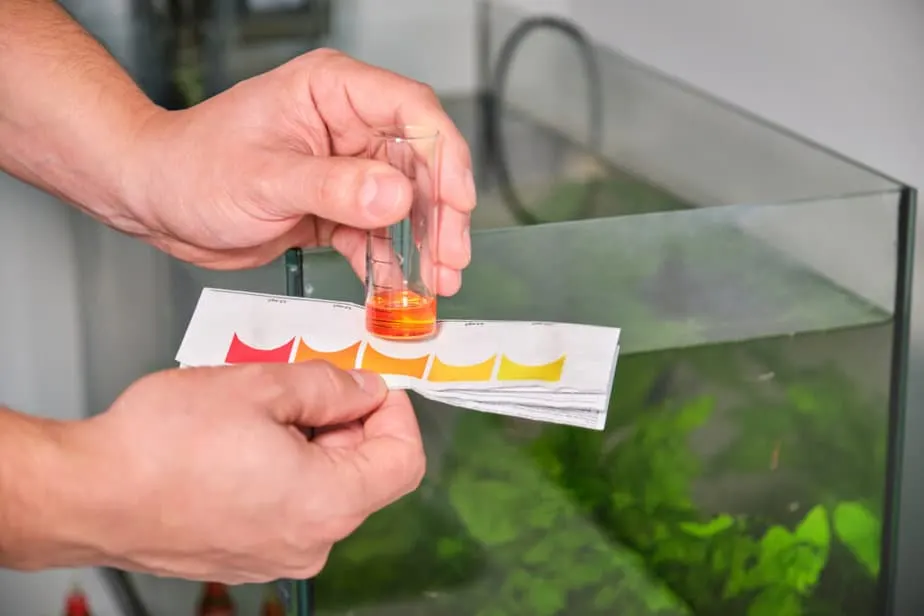
The only time there should be a higher level of nitrites in your tank is if it is a brand-new tank.
This is because there are none of the good bacteria present in a new tank to break down the ammonia and nitrite levels.
This is why it is always important to allow a tank to cycle through the water before adding fish.
What Causes Nitrites Level to Become High
A spike in nitrite levels in a freshwater aquarium is a result of a spike in ammonia. There can be many things that contribute to nitrite levels spiking.
Some of the following examples are what can cause too high of a nitrite level:
- Overfeeding: Feeding your fish too much or too often can cause high levels of nitrite, as the waste decomposes causing a spike in your levels. This is why it is recommended to only feed your fish the amount they can eat within a few minutes, as well as remove excess waste from the bottom.
- Having too many fish: This is a big reason why ammonia and nitrite levels can spike in a tank. If it is overpopulated there is too much waste occurring in this small space.
- Poor maintenance: High nitrite levels can be caused by a lack of upkeep. Keeping your tank clean, performing regular water changes, dechlorinating water before the changes, inadequate filter system, and not pruning or cleaning dead leaves and plants.
- Death: this can be from leaving a dead fish or plant in the aquarium too long. It also can be the death of the beneficial bacteria in your tank water.
From the examples listed above, overcrowding and overfeeding are the most common causes of high nitrite levels in a tank.
Because of this it is best to either invest in more tanks and have multiple or to invest in a larger tank altogether.
What Happens When Nitrite Levels Are Too High?
Even though nitrite is slightly less toxic to fish than ammonia, it is still a very dangerous pollutant in your tank.
This means that even low levels of nitrites can lead to the death of your fish within hours or even a day. High nitrite levels not only affect the water in your tank but the fish as well.
The following are signs to look out for in your fish.
- Lack of Appetite: The more the nitrite levels grow, the fish in your tank may eat less or stop eating altogether. This is especially dangerous as the lack of food puts more stress on the fish and their bodily functions. This is when your fish will lose the ability to flush nitrite from their systems resulting in death.
- Lethargic Behavior: As the nitrite levels rise and the more your fish struggles to breathe, they will become more lethargic. You will notice they might be spending all or most of their time near the surface, where oxygen levels are highest, trying to breathe. Your fish may lay on the bottom of the aquarium as well.
- Rapid Gill Movement: When nitrite levels are too high for fish, they will start to breathe a lot faster. This is their body overworking to clear nitrite from their bodies. Due to the rapid gill movement, they may turn red becoming inflamed as blood begins to collect there. If the nitrite levels are very high bleeding from the gills may also occur. Their gills may turn brown as a result of the high nitrite levels.
Having high nitrite levels in your fish tank is very similar to carbon monoxide poisoning in humans. It is estimated that within 1 to 3 days freshwater fish will die at high nitrite levels.
Once you start noticing unhealthy signs in your fish you will need to act quickly to start bringing nitrite levels down as your fish will die from suffocation.
How to Reduce Nitrite Levels
It is always best and easiest to prevent spikes in nitrite levels, however, there are steps you can take to reduce those levels. Some ways to reduce high nitrite levels in your tank are:
- Water Changes: A water change is the first step when trying to bring down nitrite levels at about 30 to 50 % of the water. This will remove a large portion of poor water and refill it with nitrite-free water. This is going to dilute what is left of nitrites and allow other methods to be brought in to reduce nitrite levels.
- Cycled Filters: Adding in a cycled filter, will bring in more beneficial bacteria that will start to eat the nitrites in the water. This will lower the levels further from a water change. The downside of this option is if you do not have other tanks in your home, then you will need to outsource to find an already cycled filter.
- Water Conditioners: This will remove nitrites in your water because the conditioner will bind to the nitrites and make them essentially harmless to your fish. This will give the filter bacteria time to catch up and turn the nitrites into nitrites to complete the nitrogen cycle.
- Adding in Beneficial Bacteria: Adding in beneficial nitrite-converting bacteria will also help the good bacteria in your tank, or replace them if there aren’t enough to break down nitrites turning them into nitrates.
All of these steps are helpful and important in lowering nitrite levels. The water change is the biggest one and should be done immediately as that will remove most of the nitrites.
There are a few things that you can do to help protect your fish as you work on lowering those levels, such as:
- Putting your fish in a different tank that has already been cycled.
- Adding rock salt to the water will increase chloride levels which will combat the effects of high nitrite levels.
- Installing an airstone in your tank will help with low oxygen levels in the tank allowing your fish to breathe better and avoid suffocation.

